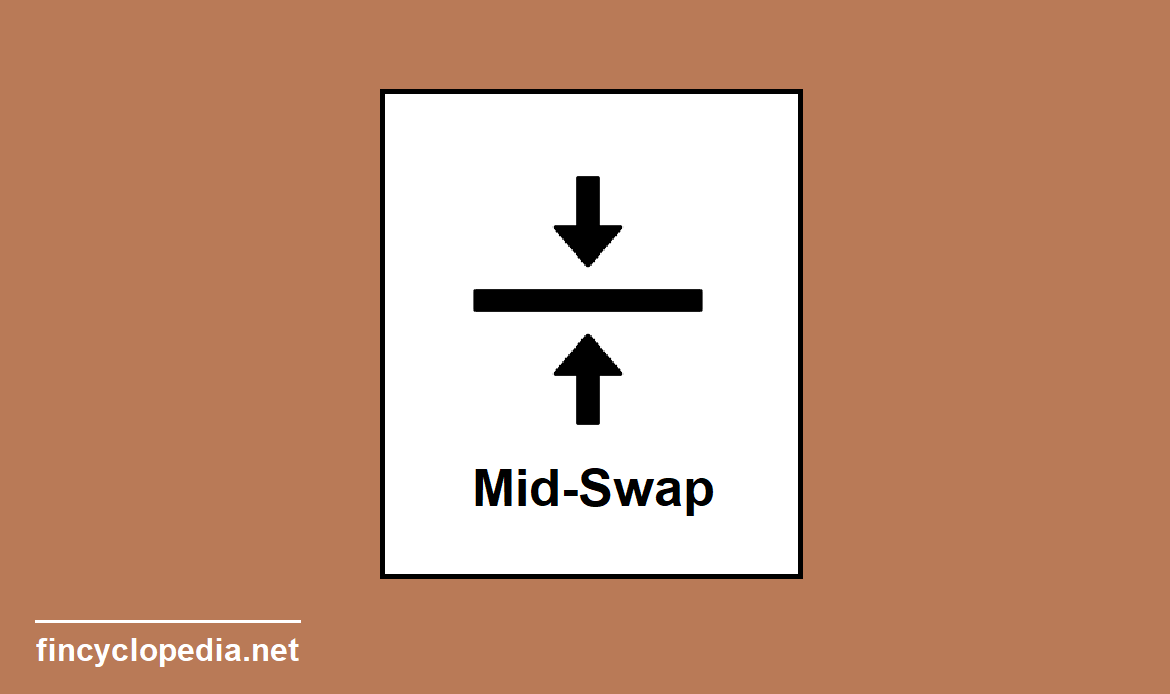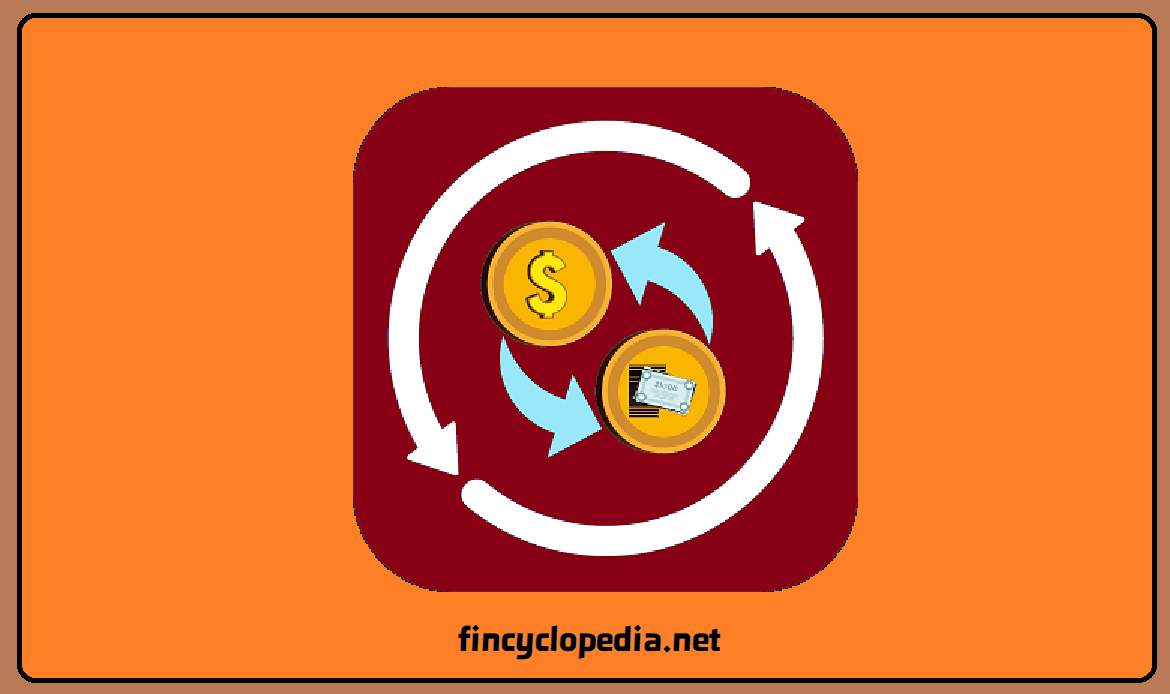A market tool that measures investors’ feelings about stock option risk levels in a particular stock index (the S&P 100). The fear gauge provides an accurate estimate of short-term stock volatility. Originally, the first fear gauge (VIX) was established by the CBOE in 1993. Technically speaking, the volatility index is a yardstick of implied volatility of eight near the money and second near the money call/put options for two stated strike prices as determined by the S&P 100 Option Index (OEX). The VIX index is constructed of 8 near-the-money and second-near-the-money 4 calls and 4 puts, for the OEX stock price. The OEX index is the underlying asset.
The fear gauge has different names such as an investor’s fear gauge and a volatility index.





